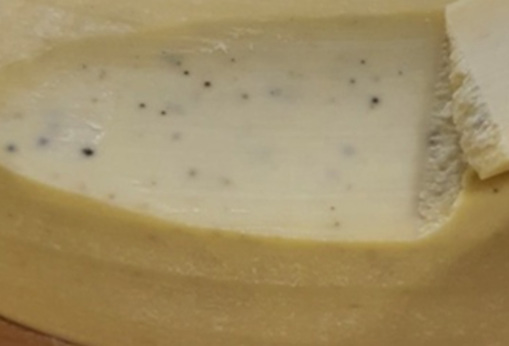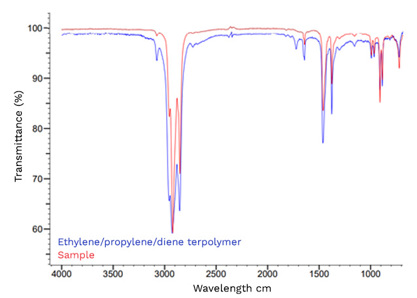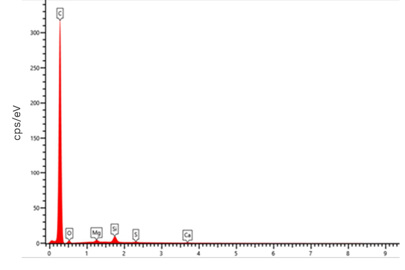Background
During routine Quality Control (QC) checks, our client discovered black specks in their food product. The defect was present in multiple batches and across a large volume of finished product. This was causing major disruption for production and the overall supply chain, so needed to be urgently resolved to prevent a potentially significant financial loss for the company.
RSSL was asked to carry out a thorough investigation to identify the precise nature of the physical contaminant, confirm the root cause and help the client take the right course of action.

Figure 1: Black specks in cheese





